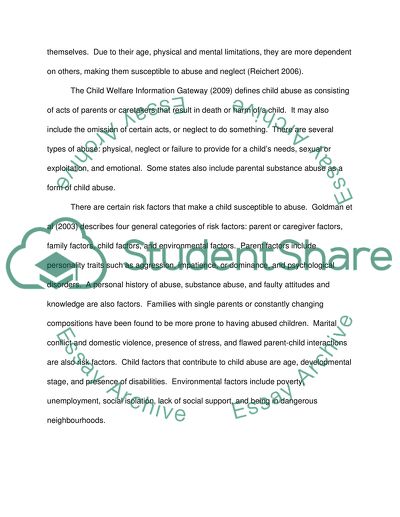Cite this document
(“Vulnerable Group of Child Abuse and Neglect Essay”, n.d.)
Retrieved de https://studentshare.org/health-sciences-medicine/1390468-health-care-of-vulnerable-persons
Retrieved de https://studentshare.org/health-sciences-medicine/1390468-health-care-of-vulnerable-persons
(Vulnerable Group of Child Abuse and Neglect Essay)
https://studentshare.org/health-sciences-medicine/1390468-health-care-of-vulnerable-persons.
https://studentshare.org/health-sciences-medicine/1390468-health-care-of-vulnerable-persons.
“Vulnerable Group of Child Abuse and Neglect Essay”, n.d. https://studentshare.org/health-sciences-medicine/1390468-health-care-of-vulnerable-persons.


